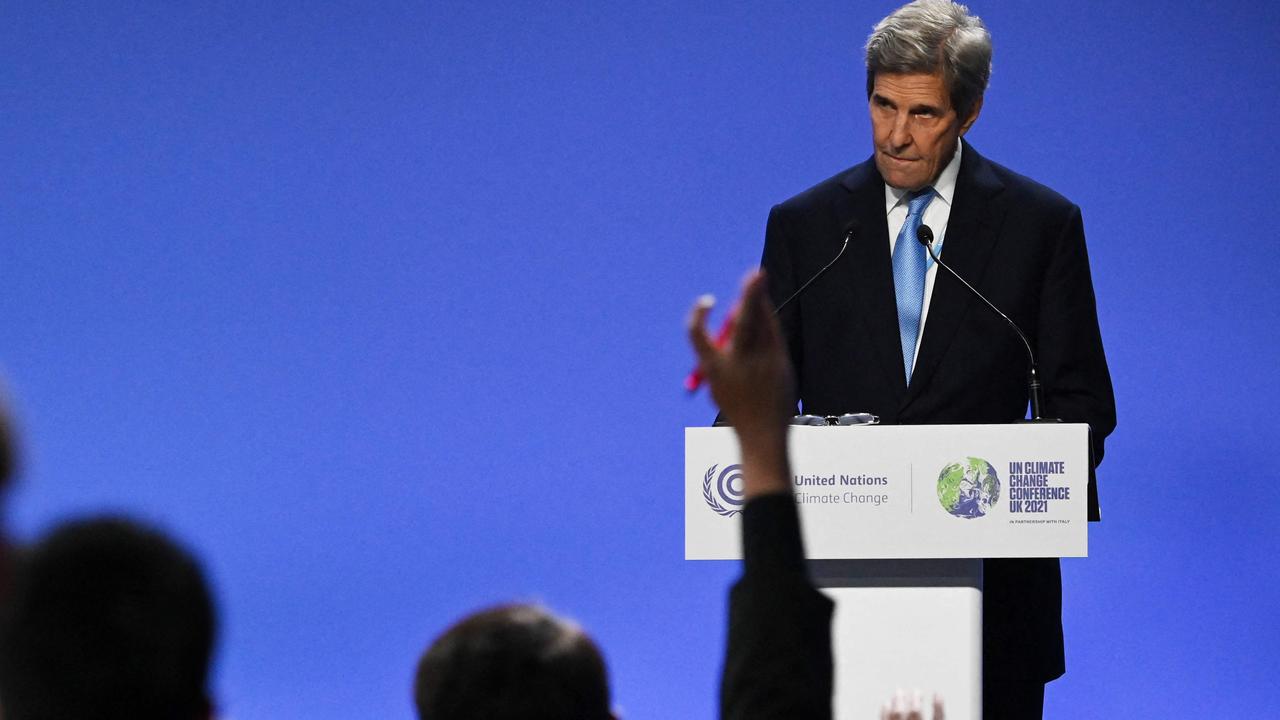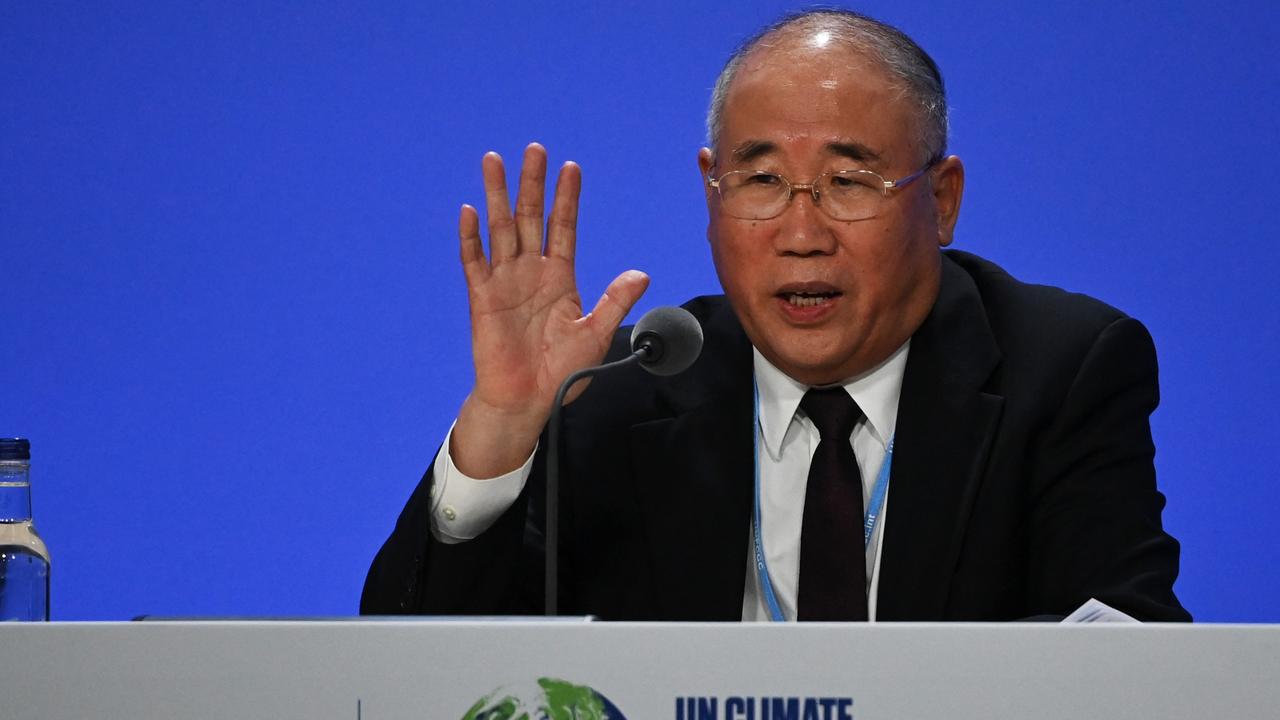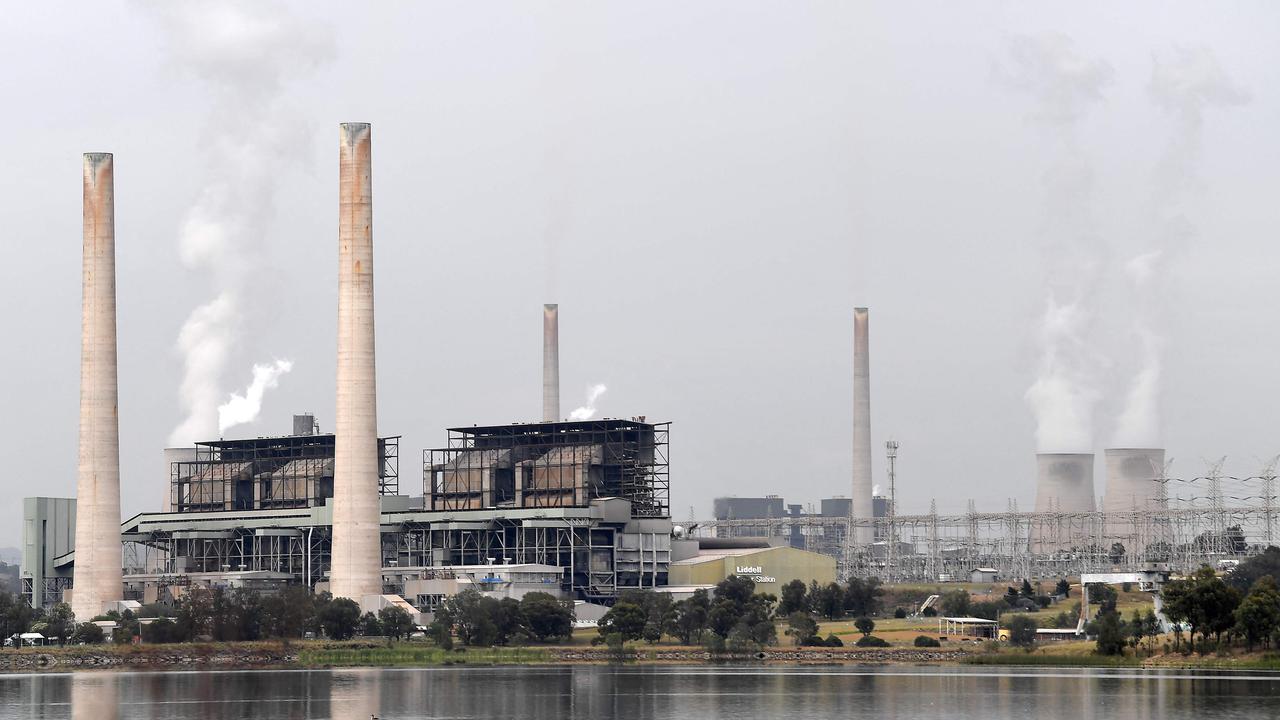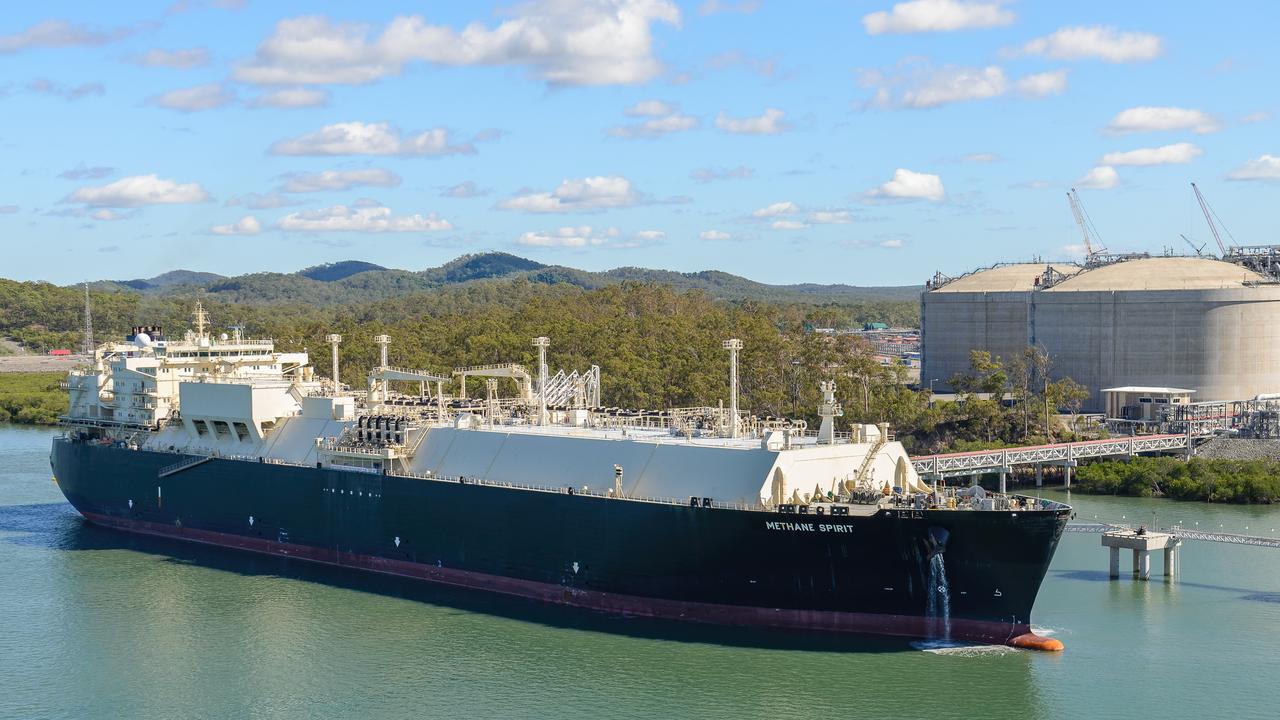Why the US-China declaration on climate change is bad news for Australia
The US and China have made a surprise pact, despite the two countries’ differences - and it leaves Australia more alone than ever.
The surprise new pact between the United States and China on tackling climate change could have significant implications for Australia’s future plans.
Australia, which has been described as a “wrecker” at the COP26 climate change summit being held in Glasgow, has not signed up to important pledges on reducing methane and to ending support for new coal power.
But with the world’s two biggest emitters now agreeing to “accelerate the transition to a global net zero economy”, momentum appears to be turning against Australia’s agenda.
“Australia is in an awkward position,” Australia Institute climate and energy program director Richie Merzian told news.com.au.
“Australia is planning on increasing methane emissions over the next decade and that comes from the mining sector, not agriculture, as part of its gas-fired recovery and that’s looking increasingly reckless.”
Mr Merzian said the US-China Joint Glasgow Declaration would add serious momentum to the COP26 process, which was all about short term action.
“That’s what the US and China have agreed to cooperate on, and it leaves countries like Australia isolated in refusing to put forward updated 2030 target and actions.”
The declaration released on Wednesday (local time) confirmed the commitment of the US and China to keeping the 1.5C target within reach.
US special climate envoy John Kerry told reporters it committed to a series of important actions in “this decade when it is needed”.
While the plan is light on concrete targets, both US and China envoys stressed their countries’ collaboration, saying they had agreed to put other differences aside to work on climate.
“Both sides recognise that there is a gap between the current effort and the Paris Agreement goals so we will jointly strengthen climate action,” Beijing’s longtime climate envoy Xie Zhenhua said.
Importantly the declaration recognises the significant role of methane, and that action to reduce these emissions in the 2020s is a “matter of necessity”.
The declaration could see increasing pressure being placed on Australia, which did not sign up to an earlier pledge led by the US and European Union to slash methane emissions by 30 per cent by 2030. China also not sign up to this.
Climate Council head of research Dr Simon Bradshaw, who is also attending the Glasgow summit, said the US-China declaration was a “big deal”.

“One of the big fears going into Glasgow is China and the US would be at loggerheads, but in fact what this statement says is they will collaborate, despite their differences,” he said.
“The focus on accelerating action this decade – in the 2020s – is significant.”
Australian National University energy expert Honorary Associate Professor Hugh Saddler told news.com.au that when it comes to emissions reduction there was more “bang for your buck” in reducing methane in the next 10 years compared to reducing carbon dioxide.
Methane is 80 times more potent in warming the Earth than carbon dioxide, although it does not survive as long in the atmosphere.
It makes up about a quarter of Australia’s emissions, according to the most recent National Inventory Report from 2019.
“It’s an extremely big source of emissions,” Prof Saddler said.
Methane’s contribution to warming in the next 10 years could be even bigger — potentially being the source of up to half of the emissions impacting our climate in the short term.

However, Prof Saddler said it would be very difficult for Australia to reduce methane emissions in the next decade as the biggest source was the beef and dairy industry (32 per cent) followed by coal mining (20 per cent), sheep (10 per cent) and the oil and gas industry (7 per cent).
Prof Saddler said there was work being done on different food supplements for cattle to reduce their emissions but to get it done by 2030 would be a “really big project”.
In the oil and gas industry, reductions could be achieved through closer monitoring of leaks but lowering emissions in coal mining was a lot harder.
Prof Saddler said underground mines could do things like convert methane to carbon dioxide but there was very little an open cut mine could do, as the methane is released when the ground is dug up.
Any action to expand these industries will only increase emissions.
Prof Saddler said he expected the US-China move would place a lot of pressure on Australia.
“Australia will be put in the naughty corner, it is already on the outer in terms of reducing emissions and this will only exacerbate that really,” he said.
First time countries to agree on coal phase-out
It comes as a draft agreement from COP26 emerged overnight that mentioned phasing out coal and fossil fuel subsidies — something that has never appeared before in previous climate change decisions.
“For the first time, we have a decision text that explicitly calls on countries to phase out coal and phase out fossil fuel subsidies,” Dr Bradshaw said.
“Meanwhile, Australia’s federal government is forcing its Clean Energy Finance Corporation to invest in false solutions including carbon capture and storage that serve only to prolong the fossil fuel industry.”
The US’s special envoy John Kerry told Bloomberg on Tuesday that it would stop burning coal by the end of the decade.
“By 2030 in the United States, we won’t have coal,” Mr Kerry said. “We will not have coal plants.”

Mr Merzian said numerous countries had now pledged to ban new coal powered fire stations and this included clients for Australia’s coal.
“The COP won’t solve everything but it’s a clear signal that the global community is ready to tackle fossil fuels, starting with coal,” he said.
“And Australia either joins the party or risks getting targeted as well.”
Mr Merzian pointed out that South Africa, which is the largest user of coal in Africa, had secured a $8.5 billion package from the US, UK and EU to help it phase out coal-fired power. Indonesia is now also interested in a deal.
“We’ve hit a real turning point where coal is no longer economic and there’s diplomatic pressure and financial support to phase it out,” Mr Merzian said.
Mr Merzian said the international community was finally beginning to take a stand and phase out fossil fuels.
“In Australia there are currently over 100 new coal and gas projects in the pipeline, which seems ridiculous when you consider what’s happening on the international stage,” he said.
“The opportunity here is to invest in new industries rather than bunker down on old ones.”
Australia was ranked last out of 61 countries on climate policy in this week’s Climate
Change Performance Index, and the Climate Council’s analysis also placed Australia
last on commitments countries took to COP26.
‘We’ve never been so alone’
Climate Councillor Professor Lesley Hughes said Australia had never been so alone.
“The federal government is now part of a tiny club of countries that is actively trying to water down the text requiring countries to strengthen the steps they are taking to avoid catastrophic climate damage,” she said.
“It’s appalling, dangerous and irresponsible behaviour from our so-called political leaders.”

While Australia has finally committed to a net zero by 2050 target, it has refused to impose a more ambitious 2030 target, saying it is on track to cut emissions by 30 to 35 per cent.
Prof Hughes said a 2050 target was meaningless without a plan to cut emissions in the next 10 years.
“It’s this decade that really matters,” she said.
The United Nations has said the Earth is still set to warm by 2.7C by 2100 even if plans to cut emissions from all countries are delivered.
Australia being left behind on EVs
Another separate agreement on Wednesday announced that certain countries and manufacturers would phase out sales of internal combustion engine vehicles by 2040.
Ford, Mercedes-Benz, General Motors and Volvo Cars have all signed on to the pledge.
But the world’s leading vehicle-producing countries — China, the United States, Japan and Germany — did not put their names on the announcement.
Leading vehicle manufacturers Toyota, Volkswagen and Renault-Nissan-Mitsubishi were not on the list either.
In Australia, Prime Minister Scott Morrison announced this week a $250 million government fund to install charging infrastructure for electric cars, with an aim of getting 1.7 million low and zero emission cars on the road by 2030.
But the policy has been criticised, including by Australia’s peak motoring body, as falling short of delivering the policies required to move people toward electric cars.
It also pales in comparison to the $595 million NSW is putting towards its electric vehicle strategy, which aims to have EVs make up more than half of new cars on the road by 2030.
NSW Treasurer Matt Kean this week announced an extra $105 million towards EV purchases for commercial and council fleets.
“The funding they’ve (the federal government) put on the table doesn’t even match the funding that we’ve put here just for the state of NSW,” he told ABC’s 7.30.
- with AFP






